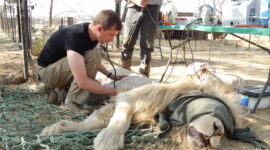
Novel drug combination safe for immobilising wild animals
22.01.2021

Researchers are designing a smart new-generation face mask
21.01.2021

After Tumultuous Year, Tehnopol’s Connected Health Cluster Prepares to Support More Research Projects in 2021
20.01.2021

TalTech’s neuroscientists investigate the causes of a widespread eye disease
19.01.2021
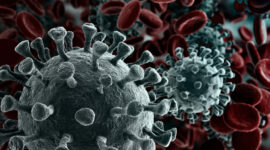
‘British’ or ‘South African’ coronavirus strains have not been found in Estonia
18.01.2021

Genetics has a different effect on the blood sugar levels of men and women
15.01.2021
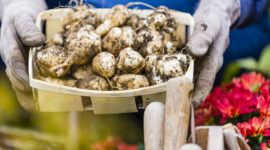
University of Tartu researchers help boost health with Jerusalem artichoke
14.01.2021
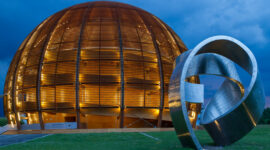
Estonia became an associate member of CERN
13.01.2021
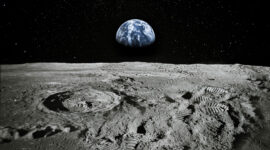
Estonians will provide stereo cameras to Maxar Technologies for NASA’s Artemis lunar program
12.01.2021
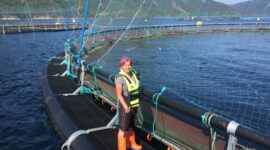
TalTech’s Vice Rector of Research Maarja Kruusmaa Talks Science in Estonia and Europe
11.01.2021
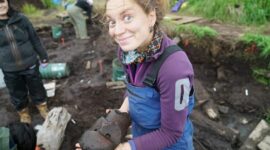
Estonian researcher helps restore the long-suppressed mask-making tradition of the Indigenous people of Alaska
06.01.2021

TalTech Investigators Awarded €2.5M to Advance Research in Maritime Cybersecurity
04.01.2021
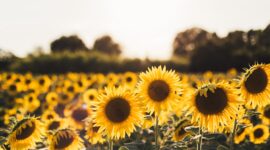
Researchers are looking for nature-inspired solutions to sustainably increase crop yield
30.12.2020

Growing influence of social media during COVID-19 crisis
28.12.2020

International study reveals the effects of COVID-19 on the experience of public transport
23.12.2020

The Gut Microbiome in Polycystic Ovary Syndrome and its Association with Metabolic Traits
21.12.2020

Flexible working time as an opportunity to save costs and increase productivity
18.12.2020
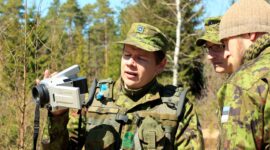
TalTech’s PhD thesis introduces new possibilities of electronic warfare to Estonian Defence Forces
17.12.2020
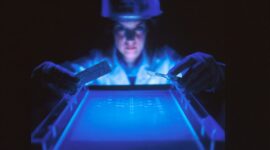
University of Tartu-Led Team Pioneers Return of Genetic Risk Results to Biobank Donors
16.12.2020

A new era is dawning in diagnosing sexually transmitted infections in men
15.12.2020

The “natural Himalayan aerosol factory” can affect climate
14.12.2020
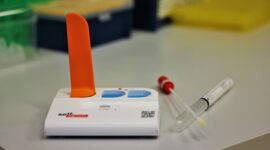
University of Tartu researchers and SelfDiagnostics developed a unique coronavirus rapid test
11.12.2020

The impact of Neandertal DNA on human health
10.12.2020

With 5G-Routes, Estonian Scientists, Industry Partners Strive for Regional Interoperability
09.12.2020